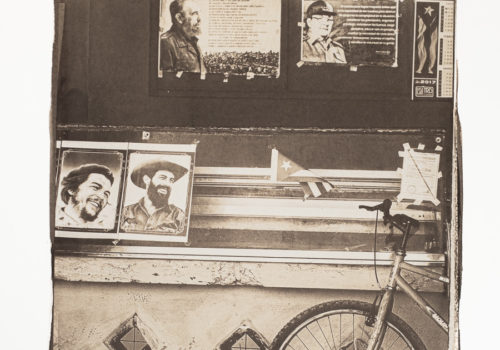Van Dyke Printing – Cuba Street Photos
For several years I have been experimenting with early hand printed photographic printing processes. First the cyanotype which gives beautiful blue prints. And recently with the Van Dyke process, so named due to the similarity of the print color to that of a brown oil paint named for Flemish painter Anthony van Dyke. Both these processes were invented by Sir John Herschel in 1842 and utilize the action of light on ferric salts plus for the van Dyke a Silver Nitrate solution.
The paper is painted with this light sensitive solution and then dried in the dark. A negative the same size as the final print is placed on top and all of it is exposed to the sun or another UV light source. Clearing is carried out in water and fixing is done in a weak solution of hyposulfite.
The original photos for this series of street photos were taken in Cuba, mostly in the streets of Havana, in 2018.
Nina Adler
















